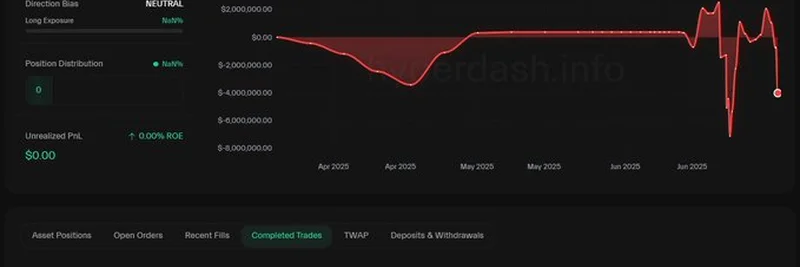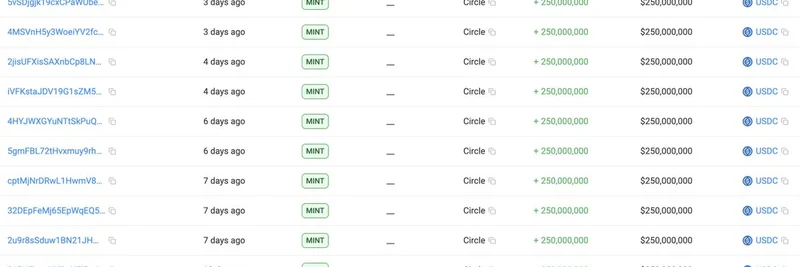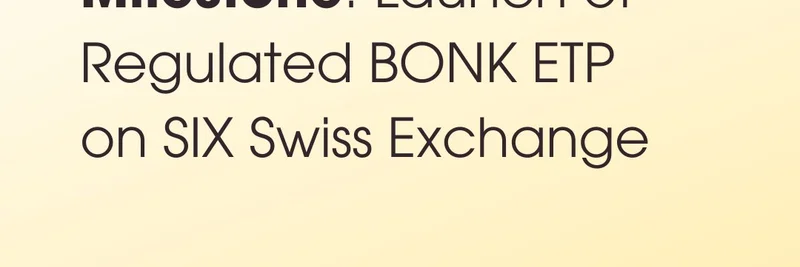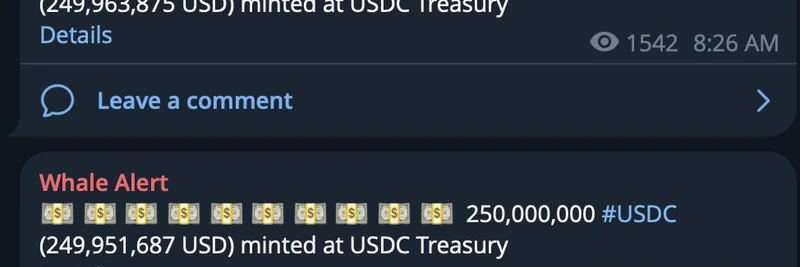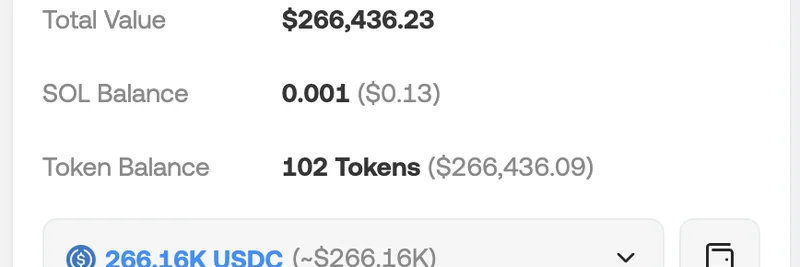Hey there, crypto enthusiasts! If you’ve been keeping an eye on the blockchain world, you might have stumbled across a jaw-dropping story from Onchain Lens. A crypto whale—someone with a massive trading portfolio—recently took a $4.027 million hit after closing a 10x short position on Ethereum (ETH). Let’s dive into what happened, why it matters, and what it teaches us about trading in the wild world of meme tokens and beyond.
What Went Down with the Whale?
This whale’s trading journey started with high hopes but ended in a significant loss. The data, shared via an onchain analysis chart, shows the trader closed a leveraged short position on ETH, betting that the price would drop. Instead, the market moved against them, leading to a $3.27 million loss on that single trade. Adding to the pain, this wasn’t their first misstep—over the past two ETH trades, the whale has racked up a total loss of $6.83 million. Ouch!
The chart reveals a rollercoaster of a profit-and-loss (PnL) journey, with a steep drop marking the recent short position’s closure. The trader had also held a long position earlier, which lost $3.56 million over 349 hours. It seems FOMO (fear of missing out) kicked in, pushing them to jump into the short position despite the market’s upward trend.
Why Did This Happen?
So, what led to this massive loss? A few key factors stand out. First, the whale used a 10x leverage, meaning they borrowed funds to amplify their position. While this can boost profits if the market moves in your favor, it also magnifies losses when it doesn’t. Second, the decision to short ETH might have been driven by FOMO—panicking to act after seeing market shifts rather than sticking to a solid strategy. The Investopedia article on crypto FOMO explains how this emotion can push traders to buy or sell at the worst possible times.
Onchain data, like what Glassnode provides, gives us a peek into these moves. It shows the whale’s neutral direction bias and the high stakes of their trades. Shorting involves borrowing ETH, selling it at the current price, and hoping to buy it back cheaper later. When the price rose instead, the whale had to cover the difference at a loss—compounded by fees and interest.
Lessons for Crypto Traders
This whale’s story is a goldmine of lessons for anyone dabbling in crypto, especially in the meme token space we cover at Meme Insider. Here’s what you can take away:
- Avoid Over-Leveraging: A 10x leverage might sound tempting, but it’s a double-edged sword. As Cointelegraph notes, margin trading can lead to big wins or devastating losses. Start small if you’re new to this game.
- Beware of FOMO: Acting on impulse rather than data can backfire. This whale might have profited by holding their last position instead of shorting. Stick to a plan and double-check market trends.
- Understand the Market: Ethereum’s price movements can be unpredictable. Tools like onchain analytics help, but they’re only as good as the strategy behind them.
What This Means for the Meme Token Community
While this story focuses on ETH, it resonates with the meme token world too. Whales often influence smaller coins, and their trades can spark volatility. If a big player like this one takes a loss, it might shake confidence in the market—or create opportunities for savvy traders. At Meme Insider, we’re all about helping you navigate these waters with the latest insights and a solid knowledge base.
Final Thoughts
The $4.027 million loss is a stark reminder of the risks in crypto trading. Whether you’re chasing the next big meme coin or betting on Ethereum, staying informed and disciplined is key. Check out more onchain insights and trading tips on our site, and let us know your thoughts in the comments. Have you ever felt the pull of FOMO in your trades? Share your story!
